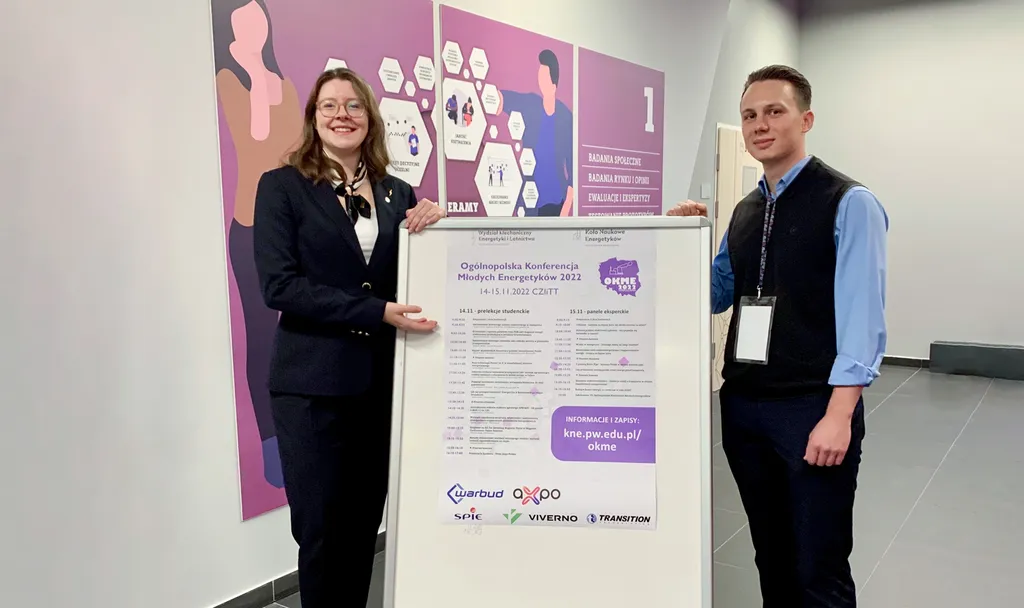In the realm of energy research, a team of scientists from the Polish Academy of Sciences and the Warsaw University of Technology has developed a novel approach to simulate and coordinate energy microgrids. The researchers, Jakub Muszyński, Ignacy Walużenicz, Patryk Zan, Zofia Wrona, Maria Ganzha, Marcin Paprzycki, and Costin Bădică, have introduced a system called EnergyTwin, which aims to enhance the efficiency and resilience of microgrids. Their work was recently published in the journal Applied Energy.
Microgrids are localized energy systems that can operate independently or in conjunction with the main power grid. They are designed to reduce energy costs, mitigate exposure to fluctuating energy prices, and ensure continuous service during grid disturbances. However, managing these microgrids effectively requires coordinating a diverse array of distributed energy resources across various time scales and under changing conditions.
Current tools for microgrid management often fall into two categories: power-system simulators and multi-agent frameworks. Power-system simulators excel at modeling the physical behavior of energy systems but typically assume centralized control. On the other hand, multi-agent frameworks model decentralized decision-making but often lack a physical representation of energy.
EnergyTwin bridges this gap by combining physically grounded models with forecast-informed, rolling-horizon planning, and negotiations. In this system, each energy asset, such as a solar panel or a battery, is modeled as an agent. These agents interact with a central agent that obtains forecasts, formulates predictions, and allocates energy through contract-based interactions. This approach targets tertiary-layer decision making, which involves planning and optimizing energy use over longer time horizons.
The researchers evaluated the feasibility of EnergyTwin using a university campus microgrid scenario. They compared multiple planning strategies and found that forecast-driven rolling-horizon planning increased local energy self-sufficiency, maintained higher battery reserves, and reduced exposure to low-resilience operating states. These results demonstrate the potential of EnergyTwin as a platform for researching resilient, negotiation-driven microgrids.
For the energy industry, EnergyTwin offers a promising tool for optimizing microgrid performance. By enhancing local energy self-sufficiency and resilience, it can help reduce reliance on the main grid and mitigate the impact of energy price volatility. Furthermore, the system’s ability to model and coordinate diverse energy resources makes it adaptable to a wide range of microgrid configurations, from university campuses to remote communities and industrial facilities.
In summary, EnergyTwin represents a significant advancement in microgrid management, offering a sophisticated yet practical approach to coordinating distributed energy resources. As the energy sector continues to evolve, tools like EnergyTwin will play a crucial role in enabling more efficient, resilient, and sustainable energy systems. The research was published in the journal Applied Energy, providing a valuable resource for energy professionals and researchers alike.
This article is based on research available at arXiv.

